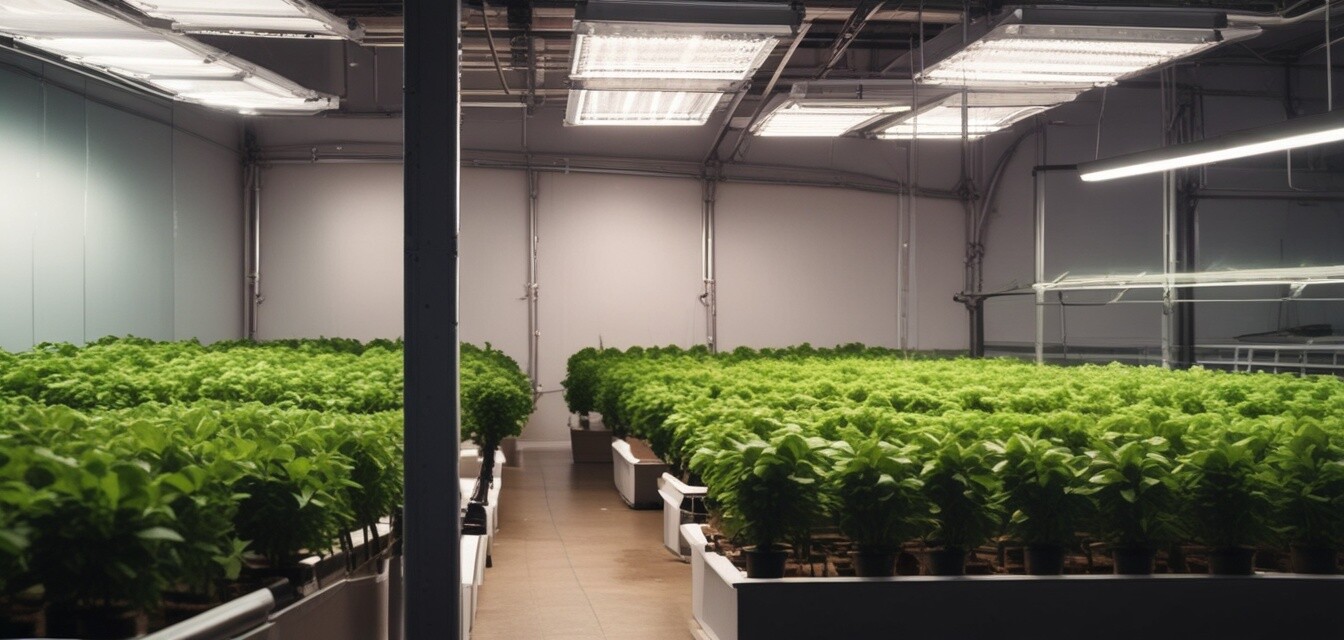
Comparing Grow Light Technologies for Hydroponics
- Understand the differences between LED, HID, and fluorescent grow lights.
- Evaluate the pros and cons of each technology to make informed decisions.
- Consider energy efficiency, light spectrum, and cost when choosing a grow light.
- Explore top product recommendations to suit your hydroponic gardening needs.
Choosing the right grow light technology for hydroponic gardening can significantly impact the success of your plants. With various options available, including LEDs, HIDs, and fluorescent lights, it is important to understand their characteristics, advantages, and disadvantages. In this article, we will delve into each technology to help you make an educated decision suited to your gardening setup.
1. Overview of Grow Light Technologies
| Technology | Description | Common Uses |
|---|---|---|
| LED | Light Emitting Diodes; energy-efficient with specific light spectrums. | Indoor gardening, hydroponics, commercial setups. |
| HID | High-Intensity Discharge; produces a lot of light energy but consumes more power. | Large scale indoor gardening, greenhouses. |
| Fluorescent | Uses gas-filled tubes to create light; less heat and energy than HID. | Seed starting, small indoor gardens. |
2. LED Grow Lights
LED grow lights are becoming increasingly popular among hydroponic gardeners due to their energy efficiency and low heat output. The following are some notable features of LED grow lights:
Pros
- Energy-efficient and have a long lifespan.
- Customizable light spectrum suitable for different plant stages.
- Minimal heat production allows for closer placement to plants.
Cons
- Higher upfront cost compared to other grow lights.
- Quality can vary between manufacturers.
Recommended LED Grow Light
KOSCHEAL LED Grow Light Full Spectrum 2000W
This LED grow light utilizes the newest LM301B diodes for high energy efficiency and is perfect for large rooms and commercial setups.
Learn More3. HID Grow Lights
HID grow lights, which include Metal Halide (MH) and High-Pressure Sodium (HPS), can provide strong light output that is beneficial during the flowering stage of plants.
Pros
- High light output allows for greater coverage.
- Ideal for flowering plants due to their light spectrum.
Cons
- Consume considerable energy and produce significant heat.
- Require ventilation systems to manage heat output.
4. Fluorescent Grow Lights
Fluorescent lights are often used for starting seedlings or smaller indoor gardens. They provide a gentle light that helps seedlings grow without excessive heat.
Pros
- Low heat production makes them suitable for seedlings.
- More affordable initial investment.
Cons
- Lower light output compared to LEDs and HIDs.
- Less energy-efficient over time.
Conclusion
When choosing grow lights for hydroponics, it’s vital to consider the specific needs of your plants, your budget, and the available space. Each of the technologies discussed has its strengths and weaknesses, which can affect your plant’s growth and yield. Make sure to explore our range of grow lights and find the best option that fits your hydroponic setup.
Further Resources
For more information on hydroponics, check out the following articles:


